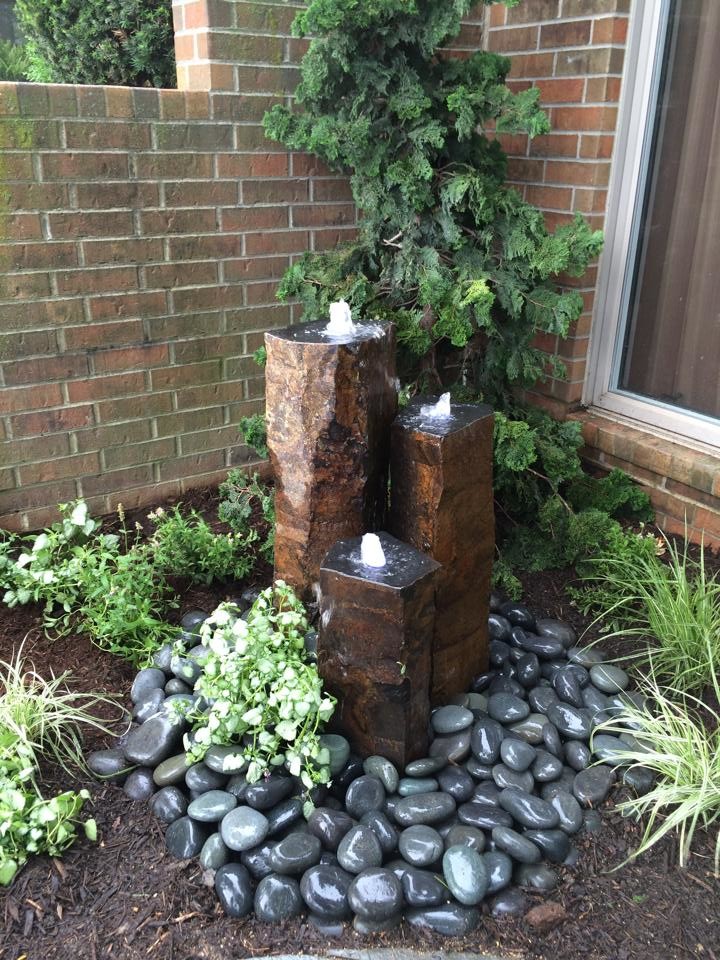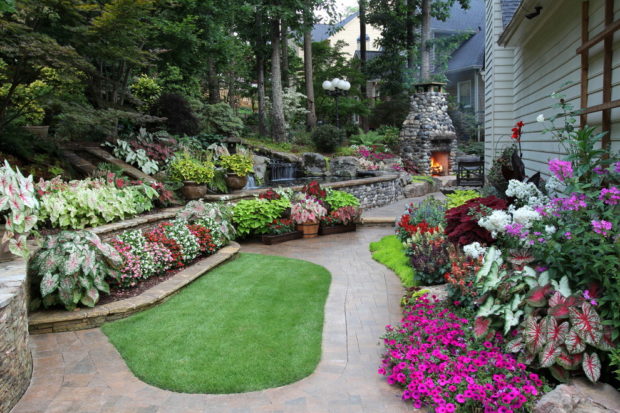In all facets of our lives as humans, design is what motivates us. In order to address all the layers that abound in nature, it is necessary to intersect multiple disciplines when designing a garden or a hardscape. You must have some knowledge of various academic disciplines, including horticulture, soil biology, engineering, and art, to succeed.
Most people are naturally drawn to working with the land, and some have natural abilities to build, plant, and create things of beauty. Due to this, the Do It Yourself (DIY) market has exploded. This is a wonderful aspect of our culture that professionals should embrace and foster, especially given the current challenging economic climate. The amateur and the professional frequently make the mistake of remaining apart when working together would benefit everyone.
As a source for design concepts, building methods, and connections in the industry, designers now have a new way to market their abilities. Working with a qualified designer will benefit the DIY enthusiast’s project in three key ways:
Check out these ways that working with a professional landscape designer can give your project an advantage, whether you decide to develop it yourself or leave it entirely in the hands of a hired professional.
1. Making a construction plan
The mere fact that a person has an idea for a design does not guarantee that it is feasible to build or sustainable. We have some pretty incredible ideas! Working with an experienced professional gives you the peace of mind that whatever you create together will be able to be not only built but also sustained.

2. Site evaluation
Each piece of land is distinct and a part of a bigger ecosystem. A skilled landscape designer will have the ability to comprehend the macrocosm, which will guide the design’s broad strokes.
Additionally, they will possess the honed ability to read the microcosmic details that characterize the distinctive features of a particular area of focus.
3. Creation of ideas
Designers of landscapes have many creative ideas. This is partly a result of their education, but it’s also a trait of the type of person who chooses this line of work.
While the ability to generate ideas is a human trait, designers have the unique ability to create lots of ideas and transform one idea into a new and improved idea by drawing on prior knowledge and domain expertise.
4. Conceptual planning
A thorough project site analysis is necessary before developing any conceptual design ideas. A professional landscape designer will be able to narrow the options to a concept that satisfies the land owner’s needs, wants, and wishes while considering the existing landscape’s ecosystem characteristics after conducting thorough background research on each site.
5. Building a budget
Cost is a crucial concept to understand. We all have a good understanding of what a development project will cost. The initial stages of the design process call for free imagination and creativity, but once the direction and aesthetic are established, it becomes necessary to bring the project into financial reality.
It would help if you ascertained whether to start the project immediately or phase it over several years. To help with this decision, the landscaper will offer a project budget. He will come up with this number via his domain experience.
6. Liaison with contractors
The integration of the design and construction processes is of utmost importance. Some designers collaborate with internal construction companies or “Design/Build” operations.
Photo by SCJ Studio Landscape Architecture
Others operate independently and have solid working relationships with qualified landscape contractors they feel comfortable using or recommending. Anyone intending to hire installers during the construction phase will find these connections very helpful.
7. Project administration
Working with a qualified landscape designer early on in the design process has many advantages, one of which is having them stick with you through the construction stage. Every project has the potential to get better as it is being constructed.
Additionally, some “unknowns” will surface during the construction of almost every project. Making sure you take advantage of opportunities and reduce any unanticipated pitfalls requires having your designer close by or serving as your project manager.
Consider hiring a professional landscape designer to help you develop and refine your ideas into an executable plan that you or a landscape contractor can use to build your project if you have one bubbling up in your head.
8. Capable service
Anyone can develop methods to build their lawn or yard aesthetically pleasing and stylish. However, professionals in the segment are at a better level as they have the right knowledge and study of the segment. Also, they have experience in this line of work for an extended period, granting them in-depth methods and an understanding of different landscape designs.
Photo by Exterior Worlds Landscaping & Design
The professionals already know how to rebuild your lawn just from looking at it. It’s a kind of skill and power that not all have up their sleeve and that only gets to you with experience of years and training in the industry.
Conclusion
Hire Walnut Ridge Landscape & Design for the best Hardscape Design in the USA.

